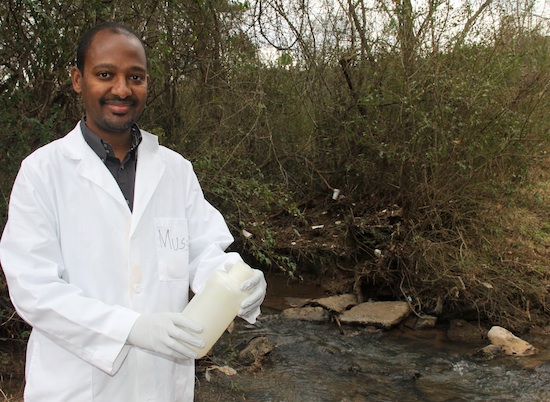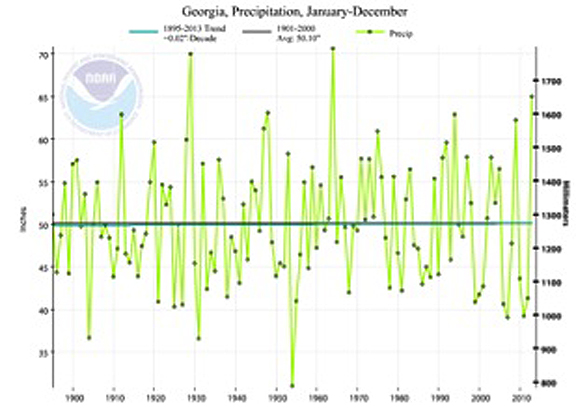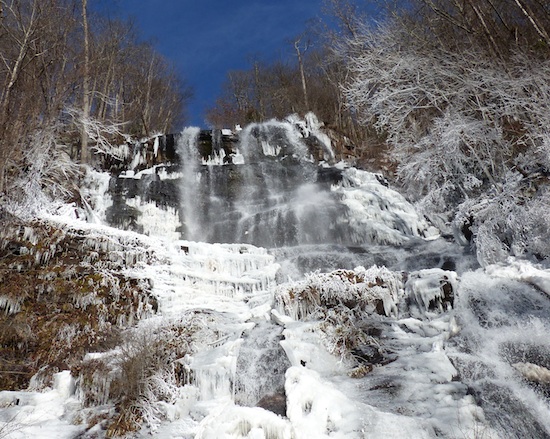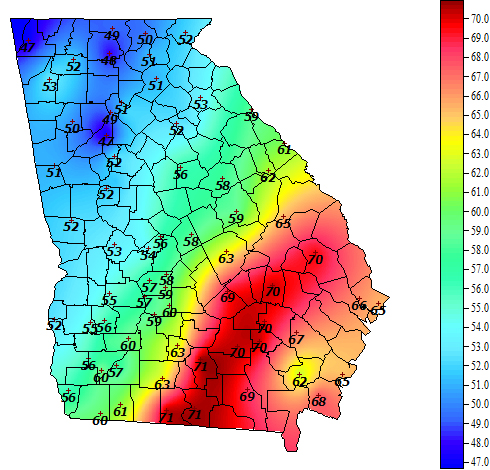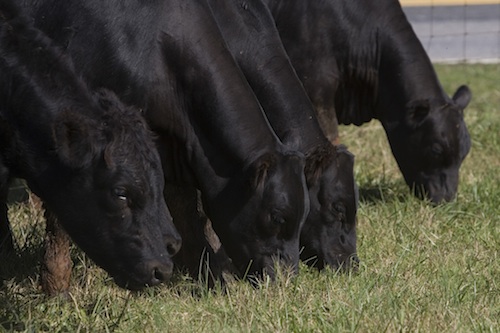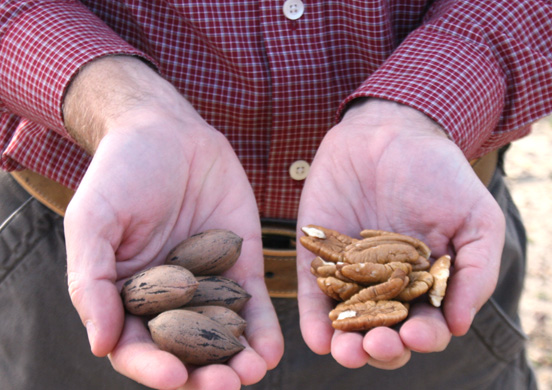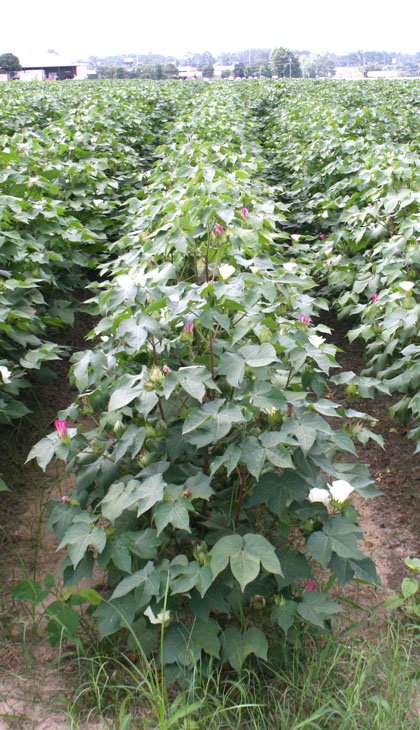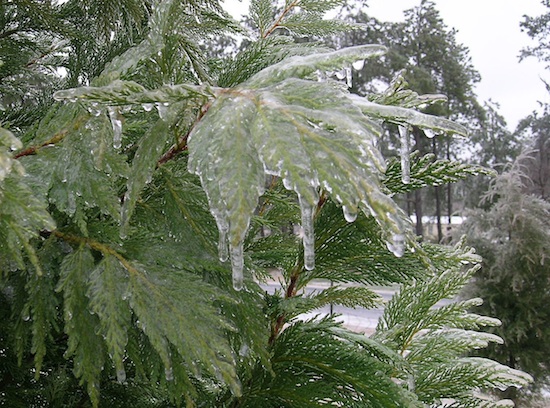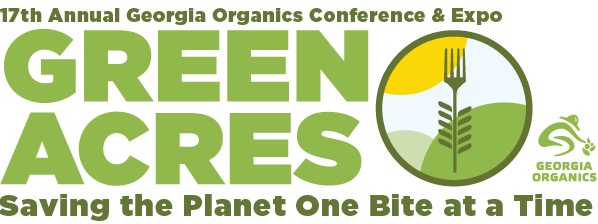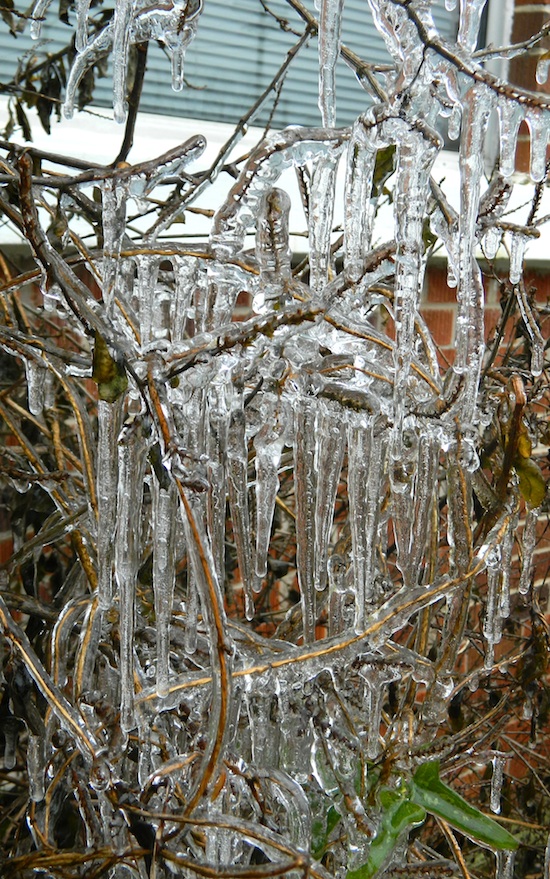 CAES News
CAES News
Don't Prune Yet
A hard freeze sure can make landscapes look bad. The best advice for now is the “wait and see approach.” Give the plants time to recover, oh let’s say, until spring. No good will be done from pruning away what you think is dead; it may still be alive.

